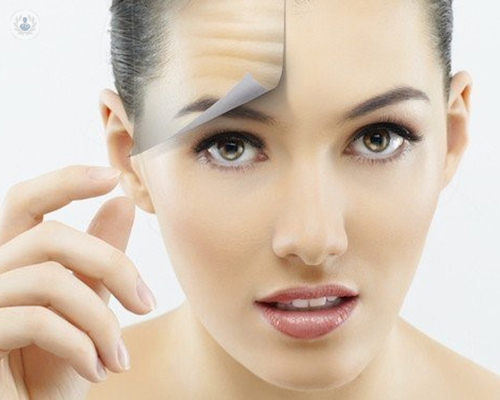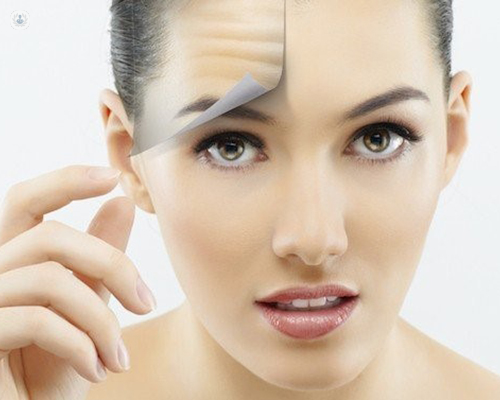
Nano fat - a new lipofilling technique
Nano fat is a form of cosmetic surgery to treat skin degeneration which includes: wrinkles, dark circles, pigmentations, loose skin etc. The technique consists of injecting fat cells from an area of the body such as the buttocks or abdomen into the area to be treated.

All fatty deposits in the body are composed of a portion of fat and a stromal portion made up of intercellular collagen, blood vessels, intercellular communication substances, hormones and an enormous amount of stem cells. Stromal material contains 500 times more stem cells than bone marrow, which means that its regeneration power is the highest in the human body.
Thanks to new technology, nano fat allows the injection of exclusively stromal material, the material that is much more powerful in terms of skin regeneration. Additionally, it facilitates a more accurate and efficient transfer of stem cells, since the stromal fluid can be injected at the cutaneous level whereas fat should be injected subcutaneously. This is why nano fat should not be considered a fatty graft like other forms of lipofilling.
What is nano fat?
Nano fat treatment should be performed by a surgeon, since it requires a surgical procedure. It is a three-stage operation:
- Liposuction. The surgeon must remove around 10 cubic centimetres of fat from the patient. It is usually taken from the abdomen or the inner side of the thigh. It is such a small amount that the technique only requires local anaesthesia.
- Emulsion. Once extracted, the fat is emulsified through two syringes as the contents pass from one to another, and then filtered with a special mesh to isolate the stromal portion.
- Injection. This stromal portion is directly injected at the cutaneous level for a natural stimulation of the tissues in the area being treated.
What are the results of nano fat lipofilling?
Definitive results are observed 8 months after the treatment (the time that the stem cells take to stimulate the natural tissues of the skin). Results are seen in the form of a general improvement of the skin: better tone, a more homogenous colouration, a reduction in wrinkles. It is recommended that patients undergo this technique once a year.

